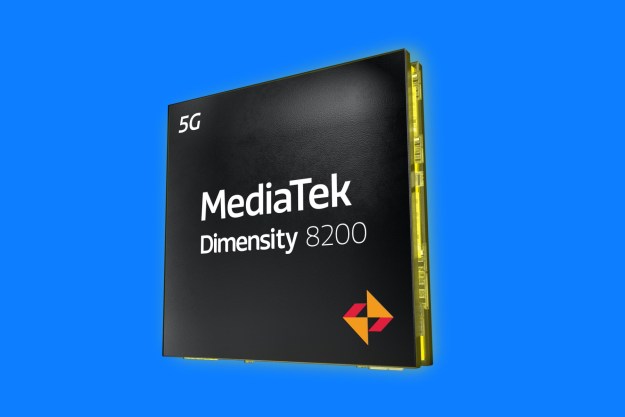
Getting a jump on the CommunicAsia 2009 trade show. Samsung has taken the wraps off four new Omnia smartphones that it hopes will appeal to both the business-class smartphone users and media-focused mobile consumers.
For the business crowd, the Omnia Pro B7610 sports both a 3.5-inch 800 by 480-pixel AMOLED touch screen display and a QWERTY keyboard, support for 7.2 Mbps HSDPA mobile broadband along with Wi-Fi and Bluetooth wireless networking and 1 GB of built-in memory with microSDHD expansion. The OmniaPro B7610 runs Windows Mobile&dmash;so it can tap into Exchange and Office documents—but also packs the Opera 9.5 Web browser; the unit also offers assisted GPS and a five megapixel camera.
Folks looking for a more compact QWERTY-equipped phone might consider the Omnia Pro B7320, which also packs the social networking features, including applications for MySpace and Facebook, instant messaging (Google Talk, MSN, and Yahoo), along with an FM radio receiver, 3 megapixel camera, and Wi-Fi connectivity. Samsung has also padded out the Omnia line with the OmniaLite B7300, a widgetized smartphone that features downloadable online widgets to expand functionality, while sporting a 3D multimedia player, LCD display, multi-push email, Opera, HSDPA and Wi-Fi connectivity, assisted GPS, and a three megapixel camera.
The sleekest—though, depending on one’s perspective, perhaps not the sexiest—of the new Omnias is the Omnia II, sporting a large 3.7-inch 800 by 480-pixel AMOLED display, Samsung’s TouchWiz 2.0 interface (laced with 3D effects) and the capability to play back DVD-quality (480p) video. The Omnia II also supports HSDPA and HSUPA mobile broadband, Wi-Fi, Bluetooth, assisted GPS, and up to 48 GB of storage (we’re assuming that’s a 32 GB card with up to 16 GB built-in memory). The Omnia II runs Windows Mobile 6.1 Professional and can capture video at up to 720 by 480 pixels at 30 frames per second.
Samsung hasn’t announced carrier partners for any of these phones, but the Omnia II is most likely to turn up on Verizon Wireless in the United States.
Editors' Recommendations
- MediaTek’s new chip just raised the bar for Android phones
- How one bad decision is ruining all of Samsung’s new phones
- This new MediaTek chip is great news for Android phones
- The new MediaTek Dimensity 7200 brings high-end tech to midrange phones
- Samsung brings the Galaxy S23’s new software to older phones


